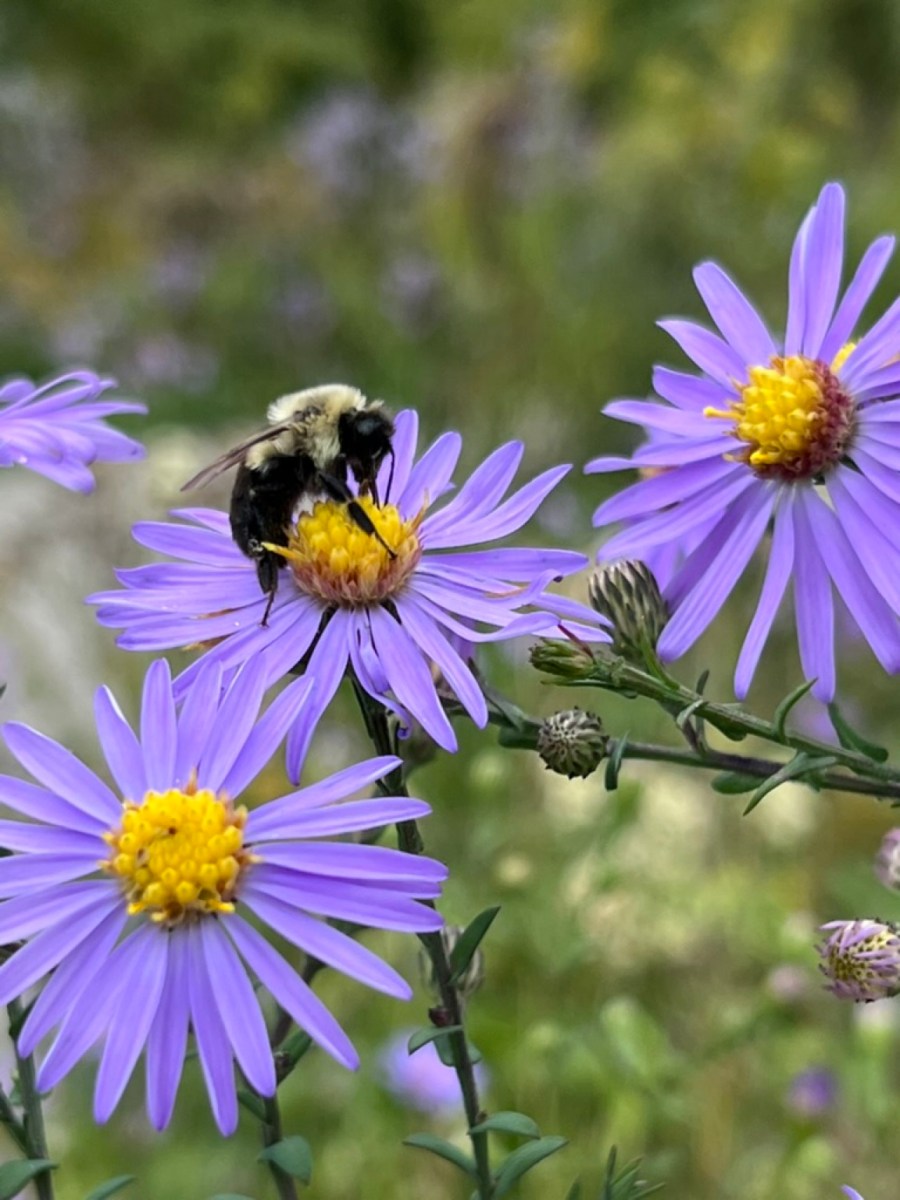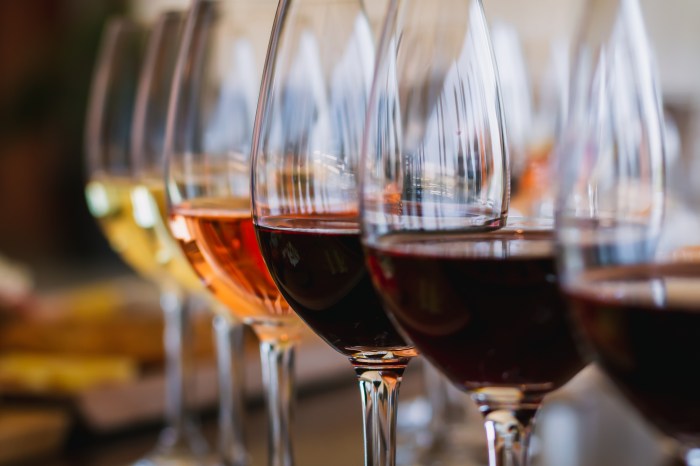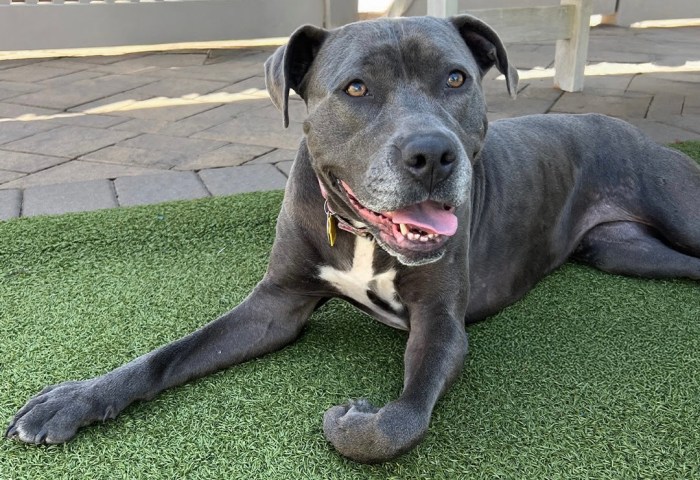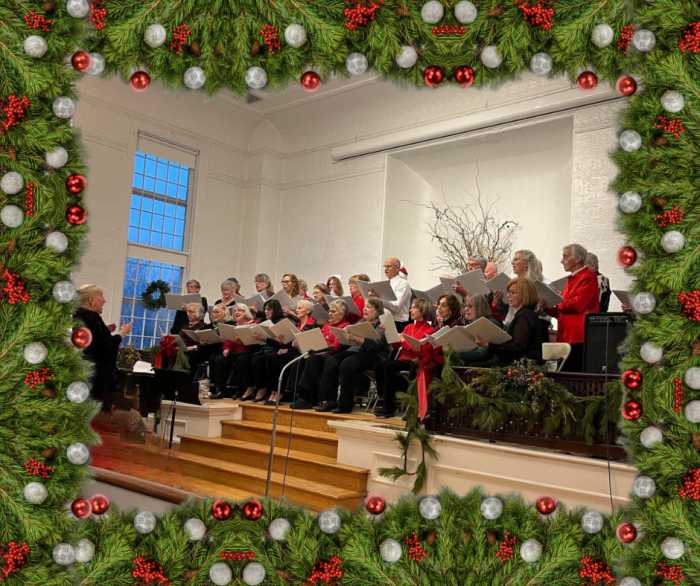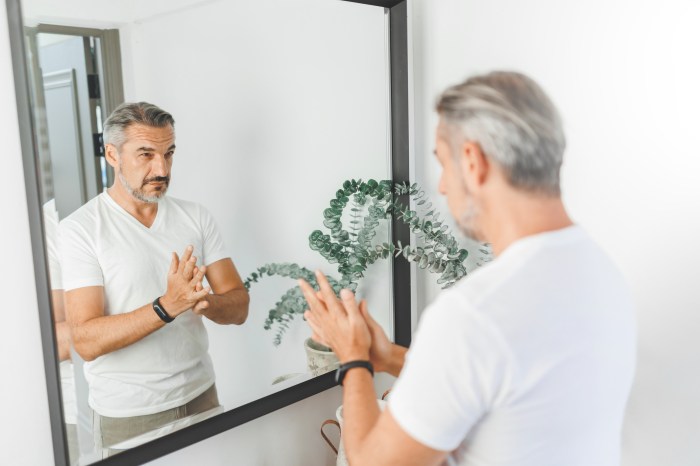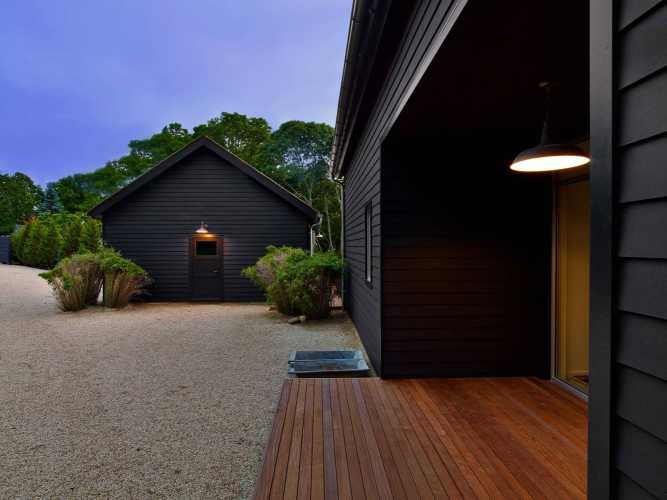From creeping thyme to mountain mint, the gardening scene on Long Island’s North Shore is embracing a wave of eco-conscious, low-maintenance trends rooted in native plantings and thoughtful landscape design.
One of the most notable movements is the shift toward native gardening—the use of plants that naturally occur in the local ecosystem. While native plants have long been touted by conservationists and environmentalists, they’re now gaining popularity with homeowners looking to create more sustainable, pollinator-friendly spaces.
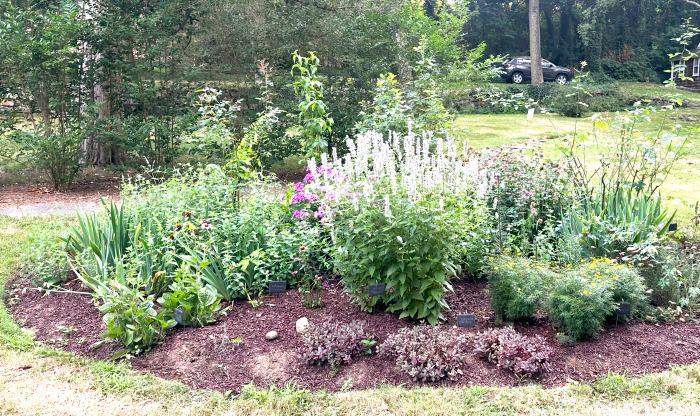
“I think what’s trending now and it’s sort of been becoming more popular over the past few years, is incorporating more native plants,” said Kate Walz, a Port Washington-based garden designer and owner of Kate Walz Garden Design.
Some residents are going all-in on the native approach, choosing to “re-wild” their properties with the help of programs like ReWild Long Island, which promote ecological gardening practices. But for most clients, Walz said, it’s about striking a balance between aesthetics and sustainability.
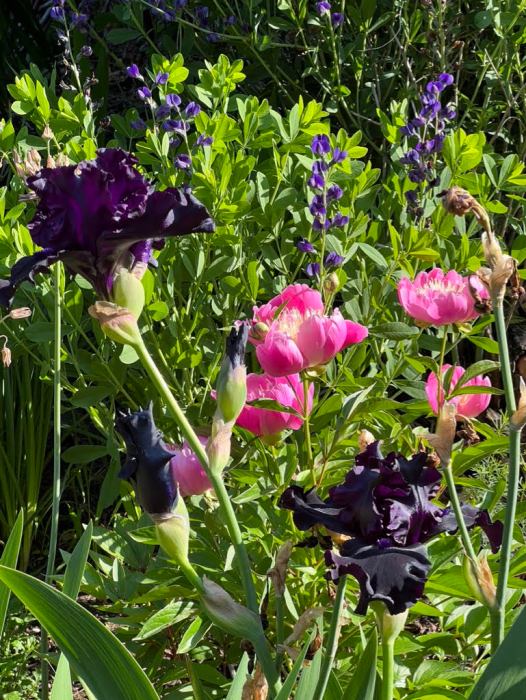
“I’m finding that more and more of my clients just want a few [native plants],” she said. “They want to have their non-native plants, but they also want to incorporate a few other natives here and there—just to help.”
Among the standout species favored in native gardens are little bluestem grass, big blue lobelia and mountain mint, all of which provide habitat and food for pollinators. These plants also contribute to healthier soil, thanks to their deep root systems.
“They’re not super aggressive, but they’re really good for pollinators and improving the soil,” Walz said.
New Lawns, New Mindsets
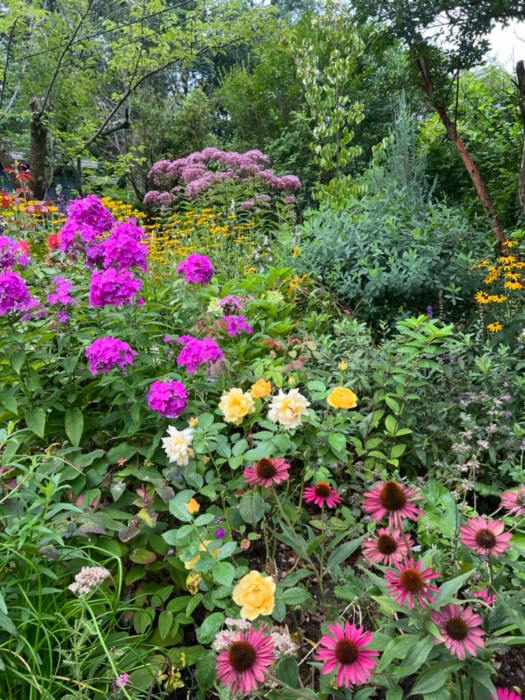
Another shift occurring on the North Shore is the reconsideration of traditional lawns. Some residents are reducing or even removing turf grass in favor of native groundcovers or ornamental grasses that require less maintenance and water.
“I know a few people who have done that or they’re looking to reduce the size of their lawn,” said Walz. “Maybe they’ll have just a small part, but they want more native grasses to fill in that spot—or a native groundcover—or they just want to extend their garden.”
While the look of a manicured lawn remains culturally ingrained in suburban communities, awareness is growing about the environmental cost of constant mowing, fertilizing and watering.
“People still like the look of a traditional lawn,” Walz said, “but they don’t really understand how much water it really needs, how much care it really needs. That might be something that continues to shift over the next few years.”
Among the popular alternatives is creeping thyme, a fragrant, flowering groundcover that spreads slowly and requires little upkeep.
“I haven’t really seen it as a complete replacement for a front lawn,” Walz noted. “But if someone has a smaller lawn or a permeable pavement with a grid system, they’ll put the creeping thyme in between. It’s great because it doesn’t need maintenance, it attracts pollinators and it’s just really pretty.”
Similarly, clover and dandelion—long considered weeds—are enjoying a renaissance, thanks to their benefits for soil health and pollinators.
“People used to think if you had clover on your lawn, it was messy or full of weeds,” Walz said. “But clover actually fixes nitrogen into the soil. The bees love the flowers and it’s great for the ecosystem.”
Gardening in Small Spaces
While large yards allow for expansive designs, those living in apartments or smaller homes aren’t left out of the gardening movement. Compact, container-friendly plants and dwarf varieties are gaining ground.
“I don’t get a lot of requests personally for apartment gardening,” Walz admitted, “but I’ve seen more varieties coming out at nurseries that are smaller—dwarf-size versions of plants everyone loves—that can be grown in containers or patios.”
Even vegetables are being bred for small-space gardening. “There’s definitely a shift toward more compact options for balconies and smaller environments,” she added.
Growing Food at Home
The surge in edible gardening, first fueled by the pandemic, hasn’t lost momentum. More families are carving out space in their yards for growing their own produce.
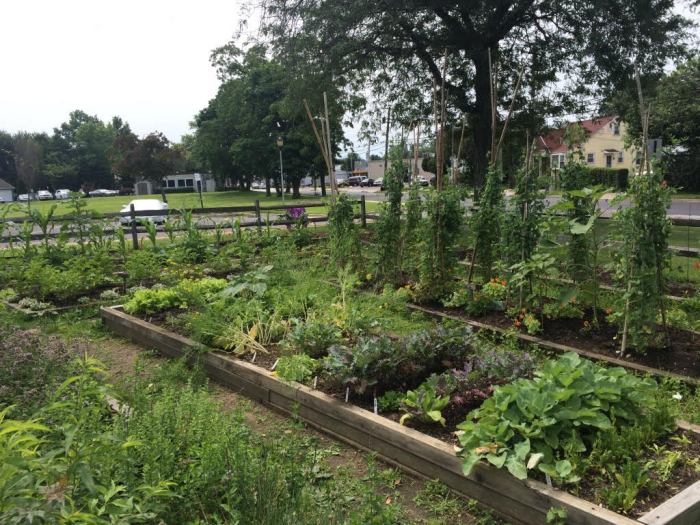
“I think COVID was a big shift,” Walz said. “Everybody was home, they actually had time to think about a garden and grow their own food so they didn’t have to go to the grocery store.”
Now, the trend continues, often with a focus on organic methods and family involvement.
“People still want a space where they can grow their own food and also teach their children where food comes from,” she said. “They want to manage it themselves—no chemicals, no pesticides. It becomes a family project.”
Form and Function in Outdoor Design
Beyond plants, the layout of the landscape itself plays a key role. Whether it’s a patio, fire pit or garden path, more homeowners are thinking critically about how they want to use their outdoor spaces before they plant a single flower.
“I think the right way to do it is to plan the hardscape first,” said Walz. “If you want a pool or patio or fire pit, that’s your foundation. Then you can place plants appropriately—for example, screening plants for privacy or something sweet-smelling near where you’ll be sitting.”
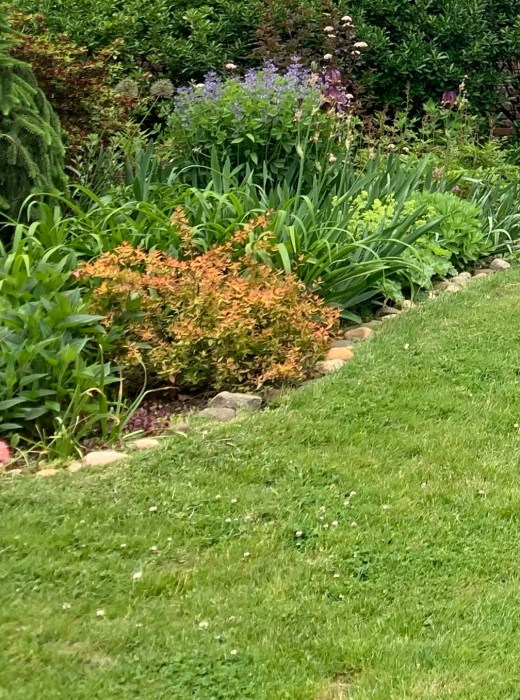
A well-planned garden not only looks beautiful but also enhances how a space feels.
“If you’re around a fire pit, maybe you want a more enveloping area—with shrubbery and flowers that create a cozy atmosphere,” she said. “You’re really complementing the area with your plant choices.”
Looking Ahead
As more Long Islanders explore sustainable gardening, education remains a key part of changing minds. Many residents are learning to see value in what they once dismissed—from clover and dandelions to messy-looking native plant beds.
“A lot of people, when they think of natives, they think wild, messy—like a prairie or the side of the road,” Walz explained. “And it certainly can be that. But I believe you can definitely incorporate native plants and have it look more structured and aesthetically pleasing—like a traditional garden, but with plants that are so beneficial.”
Kate Walz Garden Design is based in Port Washington. For more information, visit www.kwgardendesign.com.




